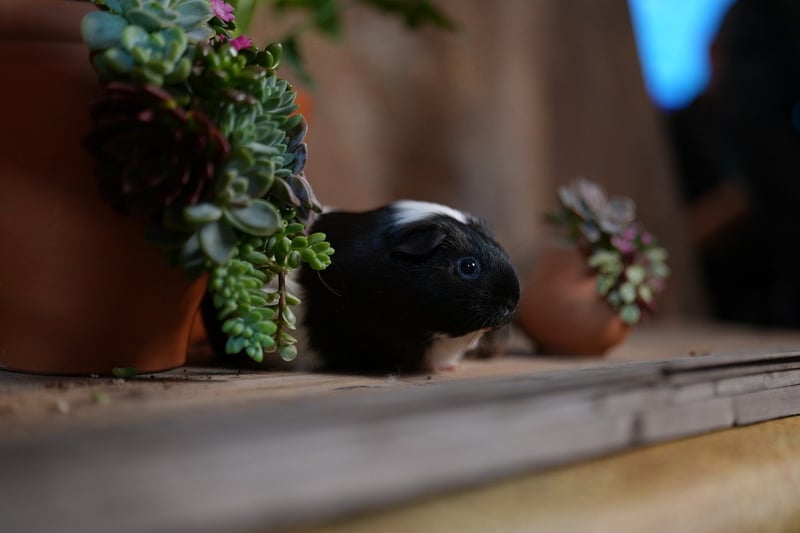Companion Planting
Keeping Your Garden Healthy with Companion Planting
Creating a thriving garden involves more than just planting and watering. One effective strategy to promote plant growth, deter pests, and maximize space is companion planting. By strategically placing compatible plants next to each other, you can harness the benefits of this natural gardening method.
What is Companion Planting?
Companion planting is the practice of growing different plants together to achieve specific benefits. These benefits can include pest control, improved pollination, healthier soil, and increased crop productivity. By selecting plant combinations that work well together, you can create a balanced ecosystem in your garden.
Benefits of Companion Planting
- 1. Pest Control: Some plants naturally repel pests or attract beneficial insects that prey on harmful pests.
- 2. Improved Pollination: Certain plant combinations can attract pollinators like bees, leading to better fruit and vegetable production.
- 3. Soil Health: Companion plants can help suppress weeds, add nutrients to the soil, and improve its structure.
- 4. Space Optimization: Growing compatible plants together can maximize space by utilizing different heights, root depths, or growth patterns.
Example of Companion Planting
One classic example of companion planting is the Three Sisters method used by Native Americans. Corn, beans, and squash are planted together in a symbiotic relationship. The corn provides support for the beans to climb, the beans fix nitrogen in the soil, and the squash acts as a living mulch, suppressing weeds and retaining moisture.

Getting Started with Companion Planting
Before starting companion planting in your garden, research which plants work well together and which combinations to avoid. Consider factors like sunlight requirements, soil preferences, and growth habits when planning your garden layout. Experiment with different combinations to see what works best in your unique gardening environment.
By incorporating companion planting into your gardening practices, you can create a more resilient and productive garden while reducing the need for chemical interventions. Embrace the natural synergy between plants and watch your garden flourish!
For more information on companion planting, check out this comprehensive guide on companion plants and combining plants.
